The aviation markets in the world’s two most dynamic regions, Asia- Pacific and the Middle East, are witnessing a structural change. In stark contrast to the period 2014-2019 when ticket prices continued to fall, the post-pandemic era has seen a new, significantly higher price level.
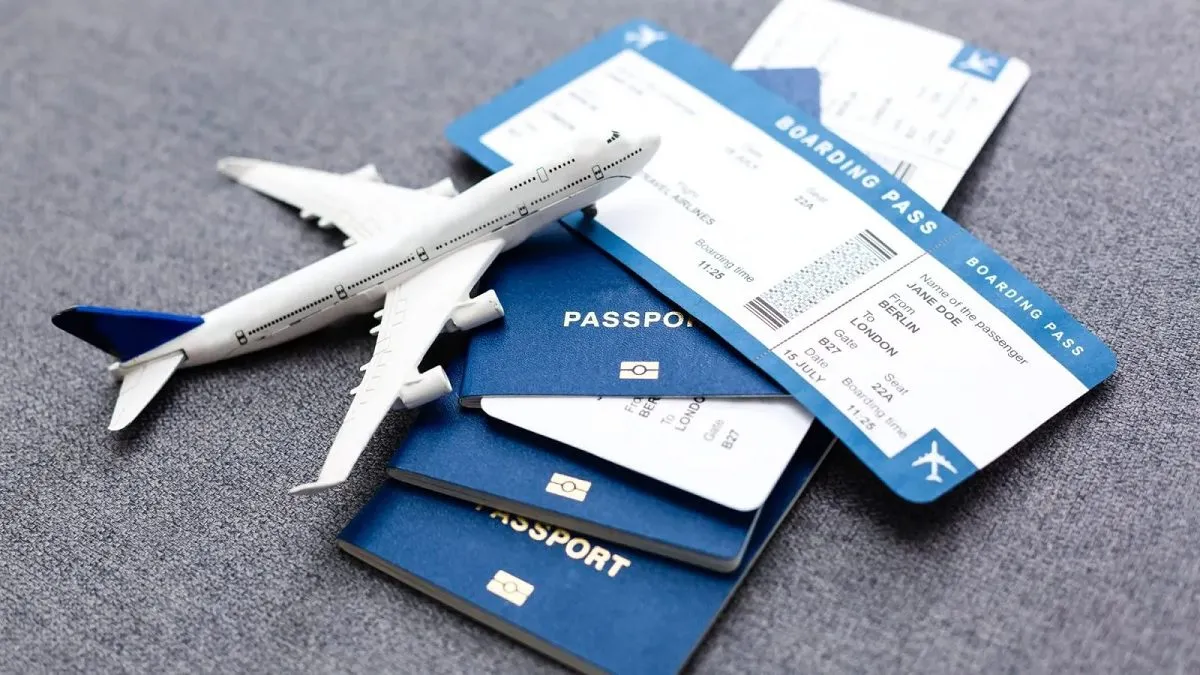
Airfares in the Asia- Pacific region and the Middle East are on a rising trend.
According to the Airfare Trends 2025 Report published by ACI, the average ticket price in Asia-Pacific has increased by about 8% since the first half of 2019, while the figure in the Middle East has increased by up to 15%. This increase raises big questions about the factors that are reshaping the cost of air travel.
Inflation and declining competition - The "couple" pushing up ticket prices
The ACI report has identified two main reasons for the price escalation. The first is the persistent inflationary pressure, which has caused all operating costs of airlines, from fuel, aircraft maintenance to labor wages, to increase sharply.
The second, and perhaps more important, factor is the decline in competition in the market. The turbulent pandemic period has seen a significant reduction in the number of airlines, especially small and medium-sized ones in the Southeast Asia and Oceania regions. Many have had to downsize, withdraw from routes or even go bankrupt. With the market share “pie” divided among fewer players, supply capacity reduced, large airlines have more power in pricing, and the inevitable result is higher ticket prices.

Mr. Stefano Baronci, General Director of ACI Asia - Pacific and Middle East
In fact, low-competition routes recorded average price increases of up to 13% higher than the average.
Mr. Stefano Baronci, General Director of ACI Asia - Pacific and Middle East, clearly stated: "Changes in airfares are largely determined by inflation and airline competition. These are two factors beyond the control of airports."
Deep differentiation between markets
The impact of fare hikes is not evenly distributed across the region. Southeast Asia and Oceania have been felt most acutely, with fares up 20% and 30%, respectively, compared to pre-pandemic levels. Oceania now holds the title of the world’s most expensive air travel market.
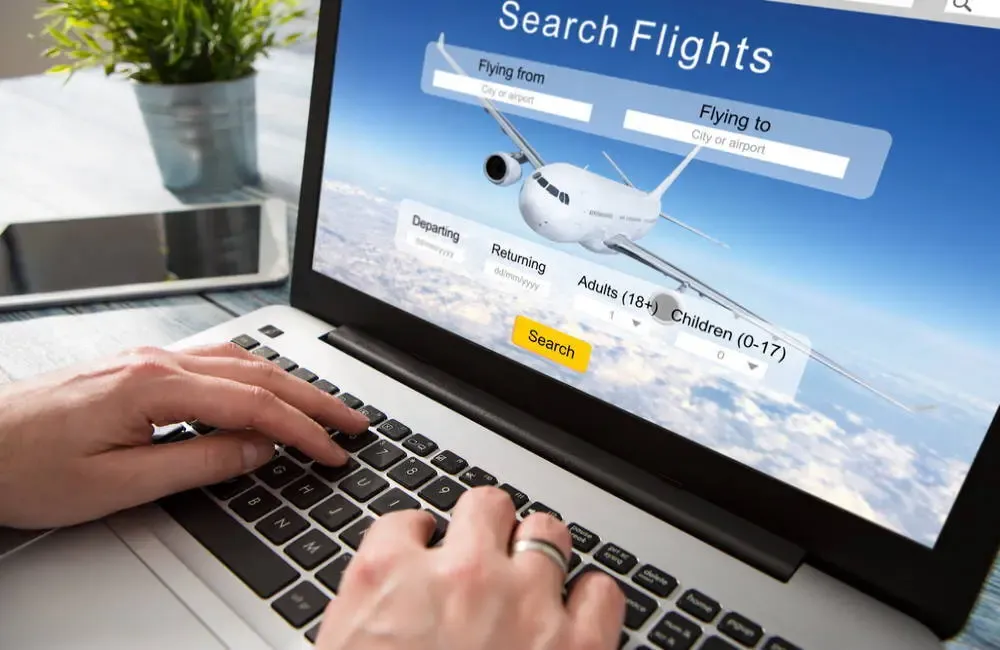
The impact of fare hikes is uneven across the region.
In contrast, the two “giants” China and India are notable exceptions. Thanks to the huge domestic market size, dense flight frequencies and fierce competition between many airlines, ticket prices in these two countries remain significantly lower than the regional average.
In the Middle East, the 15% increase completely reversed the 9% decline seen between 2014 and 2019. The dominance of a few major airlines such as Emirates, Qatar Airways and Etihad Airways, while helping the region maintain its position as a global hub, also reduced the level of real competition, contributing to high fares as travel demand boomed again.
Decoding the true role of airport fees
One of the report’s most important findings is the clarification of the role of airport fees. Contrary to popular belief, airport fees are not the primary driver of skyrocketing ticket prices. ACI data shows that while ticket prices have increased by between 9% and 28% in many locations, total airport fees (including government taxes) have increased at a rate lower than the consumer price index (CPI). In fact, in many markets, airport fees have decreased but ticket prices have continued to rise.
“This study demonstrates that reducing airport fees does not necessarily mean reducing ticket prices. On the contrary, it may limit the ability of airports to invest in technology, infrastructure and service capacity, which are important factors in improving service quality,” added Stefano Baronci.
What direction for the future?
Based on the above analysis, ACI believes that policymakers need to change their approach. Instead of intervening in airport fees, the sustainable solution to controlling ticket prices is to promote a healthy competitive environment. Measures such as market liberalization, "opening the skies", facilitating the entry of new airlines, and allocating flight slots in a transparent and efficient manner will bring direct benefits to consumers.
In the short term, the prospect of lower fares is unlikely as cost pressures persist. However, in the longer term, a more open and competitive aviation market will be key to stabilising fares, promoting innovation and ensuring sustainable growth for the industry as a whole.
Source: https://vtv.vn/gia-ve-may-bay-tang-vot-o-chau-a-thai-binh-duong-va-trung-dong-100251015154226888.htm





![[Photo] Conference of the Government Party Committee Standing Committee and the National Assembly Party Committee Standing Committee on the 10th Session, 15th National Assembly](https://vphoto.vietnam.vn/thumb/1200x675/vietnam/resource/IMAGE/2025/10/15/1760543205375_dsc-7128-jpg.webp)

![[Photo] General Secretary To Lam attends the 18th Hanoi Party Congress, term 2025-2030](https://vphoto.vietnam.vn/thumb/1200x675/vietnam/resource/IMAGE/2025/10/16/1760581023342_cover-0367-jpg.webp)

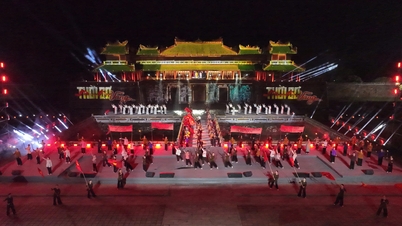

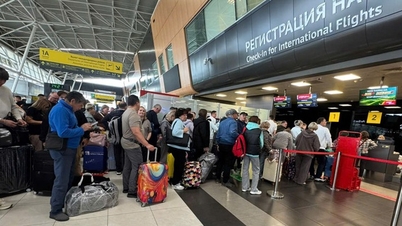













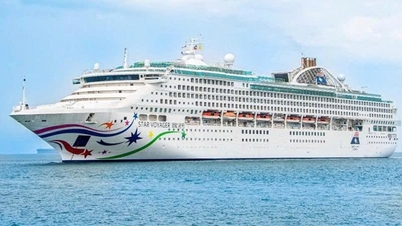
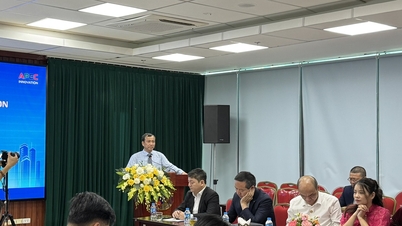




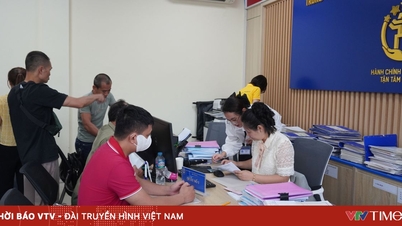

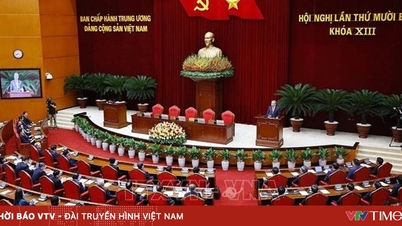
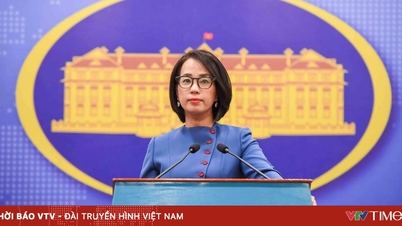
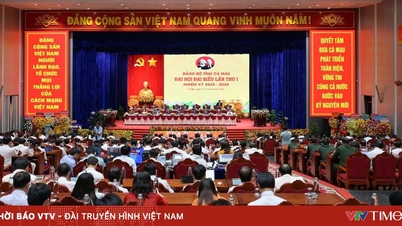

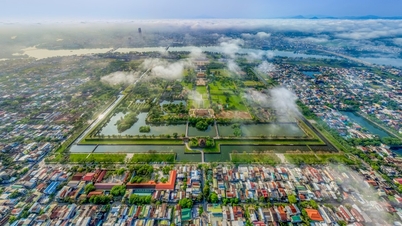





![[Video] TripAdvisor honors many famous attractions of Ninh Binh](https://vphoto.vietnam.vn/thumb/402x226/vietnam/resource/IMAGE/2025/10/16/1760574721908_vinh-danh-ninh-binh-7368-jpg.webp)











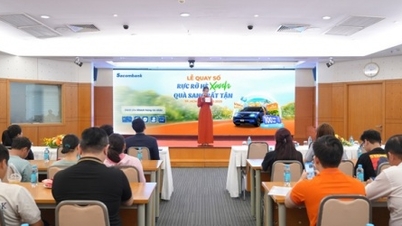

















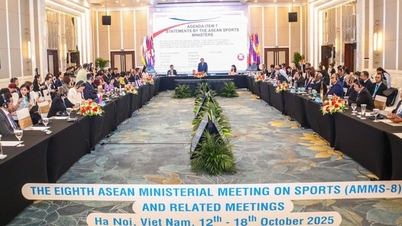




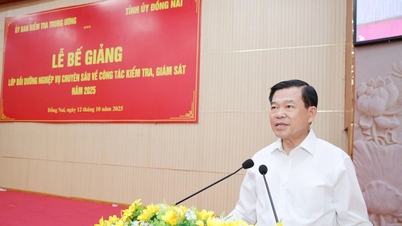



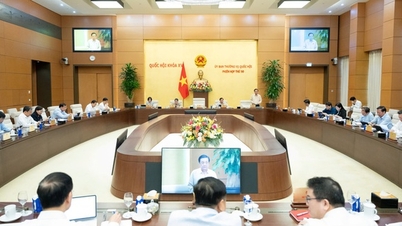



























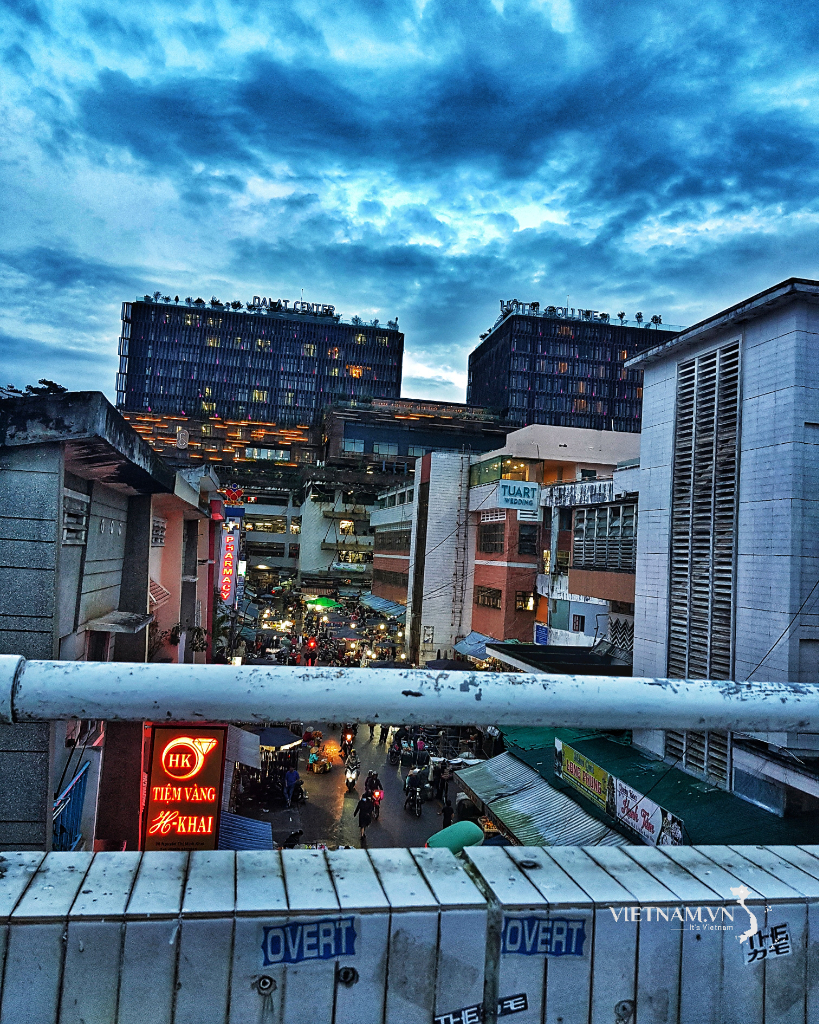
Comment (0)